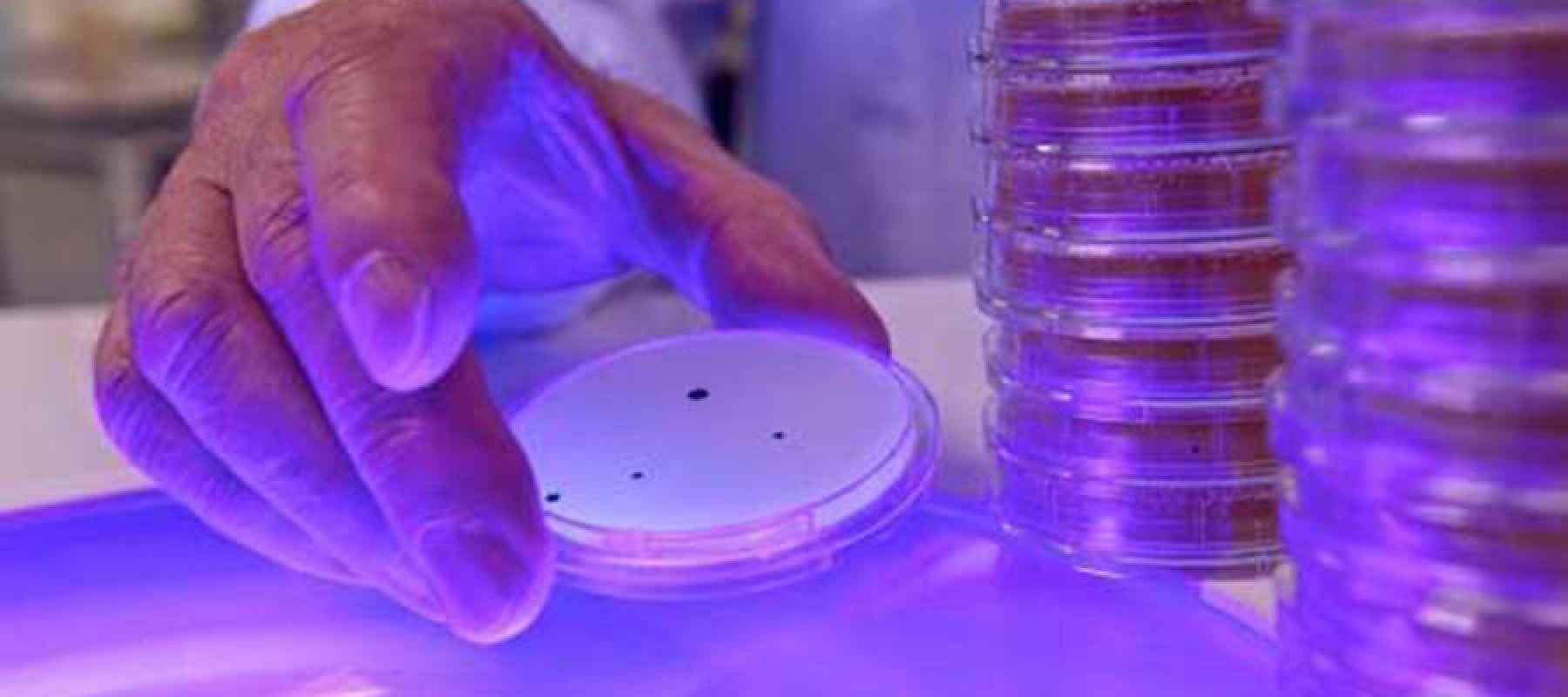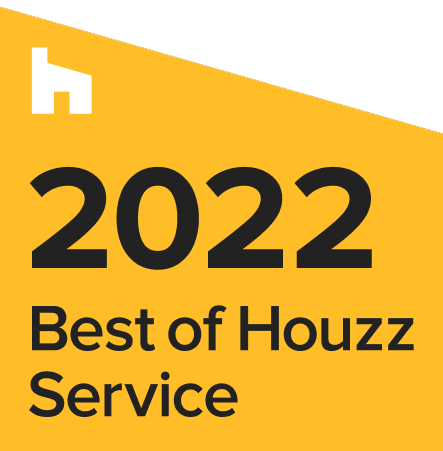The Lighting Research Center (LRC) at Rensselaer Polytechnic Institute has published the results of research regarding the use of continuous disinfection technology using ultraviolent LED emission in the UV-A ban. The research used Solid-state lighting (SSL) luminaries obtained from GE current which appeared to destroy pathogens on the surface after they were exposed for eight hours.
The research was conducted at the Memorial Beacon Children’s Hospital situated at South Bend, IN. The main objective of the research was the elimination of what is referred to as healthcare-associated infections (HAI) by the Center for Disease Control.
There are also reports on the use of short-wavelength energy within the blue or violent range to destroy pathogens exposed for more than 8 hours. Kenall Manufacturing was the first company to provide such violet technology. There have been attempts to improve the technology in order to make it more effective in the killing of pathogens in hospital settings.
Typically, the product involves the mixing of white and violet LEDs in a luminaire and only utilizes violet LEDs during the time when a surface is being disinfected. However, the mixture of white and violet light can still be used for lighting by people working in the space.
Pathogens are destroyed by the violet energy when exposed to the surface for a longer period essentially through a lot of oxygen within the cells.
The LED disinfection mechanism is the same as the violet energy. Nonetheless, the UN-A emission doesn’t affect the quality of the light within a human visual range.
The LRC approved the safety of the UV-A approach as well as the success in disinfecting surfaces. The results of the study have been published in the academic journal Lighting Research and Technology.
It was established that exposure within 350 to the 380-nm range would not be harmful to humans over the exposure time needed to kill targeted pathogens.
Most of the tests were done on the counter and sink areas in rooms belonging to patients – where HAIs would generally be a problem. The end results revealed a huge breakthrough in the ability of Led light to destroy pathogens within a short period of time without necessarily harming human beings.
The tests also showed varied results to some extent because of the existing procedures used in cleaning surfaces in patient’s rooms. Besides that, there is evidence that the UV-A spectrum was effective when it comes to eliminating certain types of pathogens.
One of the setbacks is that the UV-A emission also damaged some fabrics in the rooms and it is feared to have the capacity to damage other equipment.
Jennifer Brons who is the current director of design demonstrations at LRC said that the lighting technology provides a bright future in Hospital applications. “we are planning more demonstrations in another hospital to strengthen our research’ said Brons.
LRC professor Dr. Mar Rea said that the reduction of healthcare-associated infections is very important to the institution. He promised to increase funding towards the research and called upon other stakeholders to join hands in the fight.




